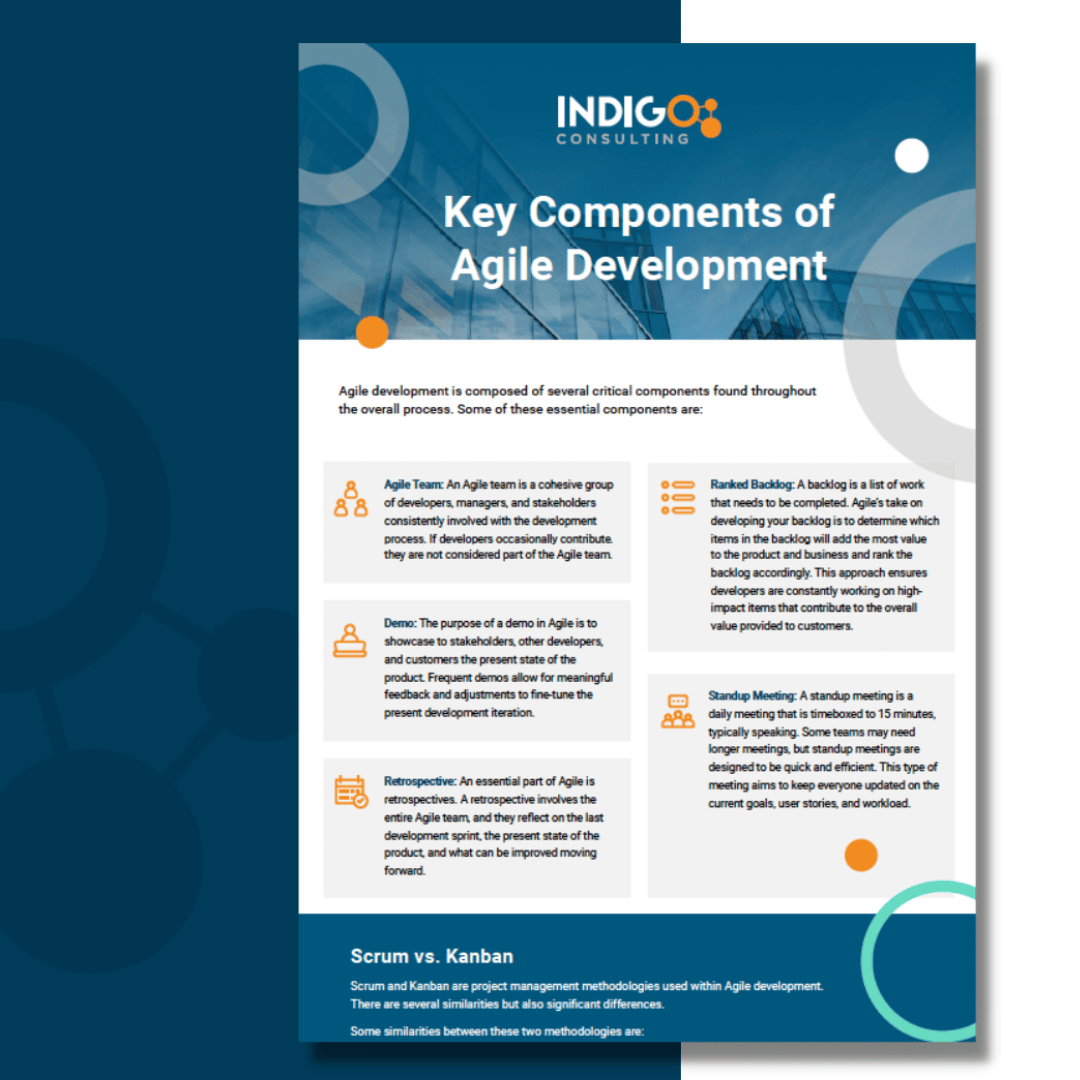
Identity Access Management (IAM) is a framework for managing processes, policies, and access levels for digital identities throughout the organization. Modern businesses use a variety of applications and services throughout their organization — gone are the days of simply managing Active Directory permissions. Instead, IAM empowers organizations to more effectively manage permission levels throughout the entire organization’s tech stack.
Before exploring how Agile enhances IAM, let’s discuss it in general.
What is Identity Access Management?
IAM helps organizations efficiently manage permissions throughout their entire tech stack while leveraging automation to eliminate tedious, time-consuming, and error-prone tasks that were previously handled by system administrators or other IT staff.
It’s common for users to have different permissions levels throughout the tech stack. For example, someone might have admin rights in one app, be a junior admin in another, and be a light user in yet another system.
IAM overcomes siloed processes to manage these different permission levels, often called entitlements, throughout the tech stack by creating a consolidated view of all apps and systems in one authority. A single authority will contain a real-time record of every account a single user has throughout the entire tech stack. A user’s entitlements will all be managed within this unified IAM authority.
The IAM process begins by defining the entitlements used by apps and systems throughout the organizations. For example, read-only permissions throughout the stack will be unified and defined within the IAM authority. Some apps may have different permissions that are functionally the same, and connectors must be made so that they will be unified into a single entitlement level.
Connectors between individual applications and the IAM authority will typically need to be created. These connectors will allow IAM to modify and update entitlements throughout the entire enterprise.
How Agile Improves IAM
So how does Agile development come into play? You can already see how setting up IAM can still be time-consuming, even if it does save time in the long run.
The values and components of Agile discussed earlier enhance IAM by challenging the notion that connectors need to be delivered in a single, big-bang push, which is what a conventional waterfall approach would look like.
Instead, it reimagines the connectors between different apps and the IAM authority as small projects. So, for example, rolling out a read-only version of the connector will update the users who only need that entitlement, while an updated connector for write permissions can be developed and deployed in the next iteration.
Additionally, a ranked backlog is created that maps out the entitlements for each application, then creates stories for the different capabilities each connector needs to achieve. Stories are then ranked by priority levels, just like any other Agile project. Developers and system admins can then move throughout the backlog, creating and updating connectors until the entire IAM authority is built out.
Agile introduces the capability to introduce a valuable IAM update every two weeks, rather than waiting for everything to be completed with one big push. As a result, your organization will iteratively improve access management, providing immediate benefits much earlier than using a conventional waterfall approach.
What You Need to Know Before IAM
Whether deploying IAM in-house or with a third party like Indigo, you need to have a firm understanding of several key components before getting started. You need to understand and document:
- A comprehensive access management model
- Roles and entitlements throughout your organization
- The company’s network architecture
- Every application and system and who uses it
Once you understand each of these components and they’ve been documented, you can begin developing and deploying IAM.
Looking to Embrace Agile for Your Next IAM Project? Let’s Chat
Get in touch with Indigo Consulting today and we’ll show you how you can kickstart your journey into agile IAM development.






